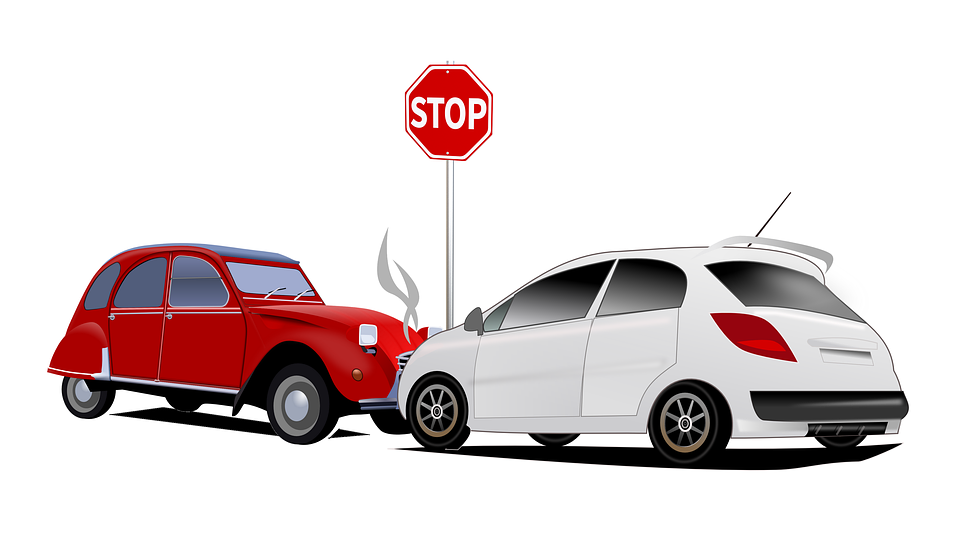Personal injuries like Motor Vehicular Collisions (MVC) and slip and fall accidents cost Canadians over $26.7 billion in rehabilitation expenses, with an expenditure of $15.9 billion on healthcare charges alone. Hence, filing an injury claim accurately and obtaining a reasonable settlement for the damages incurred is crucial for victims to recover from these incidents entirely.
Most personal injury claims have an element of negligence associated with them. In order to ensure you receive a fair compensation for your injuries, it is essential to understand the extent of fault and the degree of negligence involved in the accident. Consulting a personal injury lawyer can help you understand these elements better and obtain a decent settlement for your damages.
To aid the process of understanding, here’s a closer look at the types of negligence in a personal injury claim:
1) Contributory Negligence
Contributory negligence in a personal injury claim shifts a certain degree of fault to the plaintiff involved in the accident. This negligence is established when the claimant involved is found to be partially responsible for the damages incurred in the accident.
Although, contributory negligence doesn’t absolve the defendant of charges, it does affect the measure of compensation accordingly. Not seeking immediate medical attention post an accident or driving without a seat belt are common examples of contributory negligence. Contacting a personal injury lawyer immediately post an accident can help plaintiffs avoid these errors and augment their settlement significantly.
2) Comparative Negligence
Comparative negligence is a defence frequently used to settle claims out of court. If the plaintiff is found to be partially responsible for his injuries, the settlement is reduced in the same measures as his degree of fault in the accident. Driving under the influence of drugs or alcohol can establish the claimant to be up to 40% responsible for his injuries, reducing the settlement amount by the same degree.
3) Combination of Comparative and Contributory Negligence
This is one of the most common types of negligence established in an MVC claim. If the plaintiff is discovered to be more than 50 percent responsible for the damages incurred in the accident, the settlement may be reduced to half of the pre-requisite amount or may be denied altogether.
4) Gross Negligence
Gross negligence is usually established in cases involving violence and medical neglect. If the defendant is discovered to be entirely at fault for the injury, then he is deemed to be grossly negligent for the damages incurred and can be held responsible for retributory costs in the incident. The use of unsanitary medical equipment for treatment is a common example of gross negligence.
5) Vicarious Negligence
As the name suggests, vicarious negligence is established when the claimant or the defendant is held responsible for the injuries initiated by a charge who was supposed to be the responsibility of the offender. This type of negligence usually involves the presence of a minor or a pet during the accident. An employer held liable for the injuries caused by his employees in his presence or the owner of a pet held responsible for the damages caused by his pet are common examples of vicarious negligence.
Defending a personal injury claim can be a complex undertaking for every victim. Consult our legal experts today to help you receive a suitable settlement.

